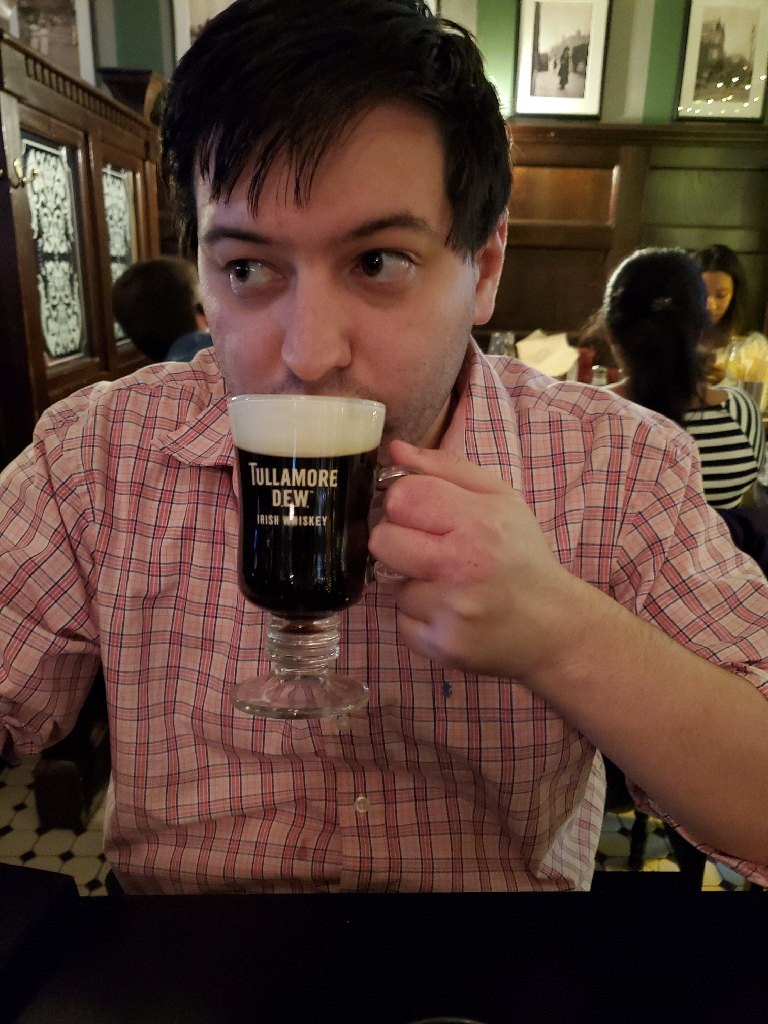Daily Debate: Do You Prefer Isolated Stories Or Direct Sequels In The Zelda Series?
Posted on November 04 2020 by Mike Midwood

Despite the existence of an official, overarching timeline, much of the narrative continuity throughout the Zelda series is implicit and vague. The stories in games like Link’s Awakening, Oracle of Ages and Oracle of Seasons, The Minish Cap, or Twilight Princess largely stand on their own. Winks and nods to past titles are common, but explicit references to their events or characters are very rare and usually incidental. For example, it was long theorized and eventually confirmed that the Hero’s Shade who teaches Link hidden techniques in Twilight Princess is, in fact, the incarnation of Link from Ocarina of Time and Majora’s Mask. This type of connection is a lot of fun to mull over, but Twilight Princess’ narrative is in no way dependent upon it. If the Hero’s Shade were simply a random knight from Hyrule’s past, nothing about Twilight Princess would have to change.
Even some of the more explicit sequels in the series tell tales that could exist independently if their connections were not stated outright. Majora’s Mask informs players directly that it follows the exploits of the same Link seen in Ocarina of Time. It also utilizes the same engine, many of the same assets, and the same basic mechanics. There’s even a flashback to a scene that, while not actually in Ocarina of Time, is obviously associated with those characters and events. Despite all this, Majora’s Mask is not a continuation of Ocarina of Time’s narrative; it’s a brand-new narrative that happens to take place after the latter. The events of both games would constitute a complete story even if they were completely unconnected.
While this type of continuity is far from unique to Zelda, direct sequels are the much more common method of expanding upon a franchise across all media. Recently, there has been a massive rise in the popularity of “cinematic universes” like Star Wars or Marvel that establish explicit connectivity not just along a linear string of sequels, but within a vast, web-like firmament. Fans of most series enjoy seeing the long-term development of their favorite characters and story beats, and it offers creators a more definitive launching point when making new entries. One of the best from Zelda concerns the events that take place from The Wind Waker to Phantom Hourglass to Spirit Tracks. The loss of Hyrule beneath the Great Sea, the search for a new continent, and its eventual discovery is a compelling story which required multiple games to tell, as each individual game had its own story to detail as well.
The Legend of Zelda series has handled its continuity with both vague implications from mostly singular narratives, and made explicit connections through sequels containing the same characters and game worlds, but which do you prefer? Let us know in the comments below!

Hi, I’m Mike Midwood and I’m a Senior Editor at ZeldaDungeon! Video games and literature are my greatest joys in life. An avid Zelda fan, some of my other favorite games include the Resident Evil and Dark Souls series. I hope you enjoy my content here on ZeldaDungeon!
“The sword has no strength unless the hand that holds it has courage.”



